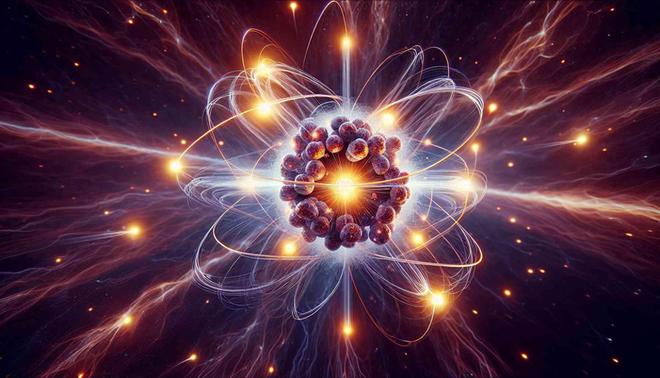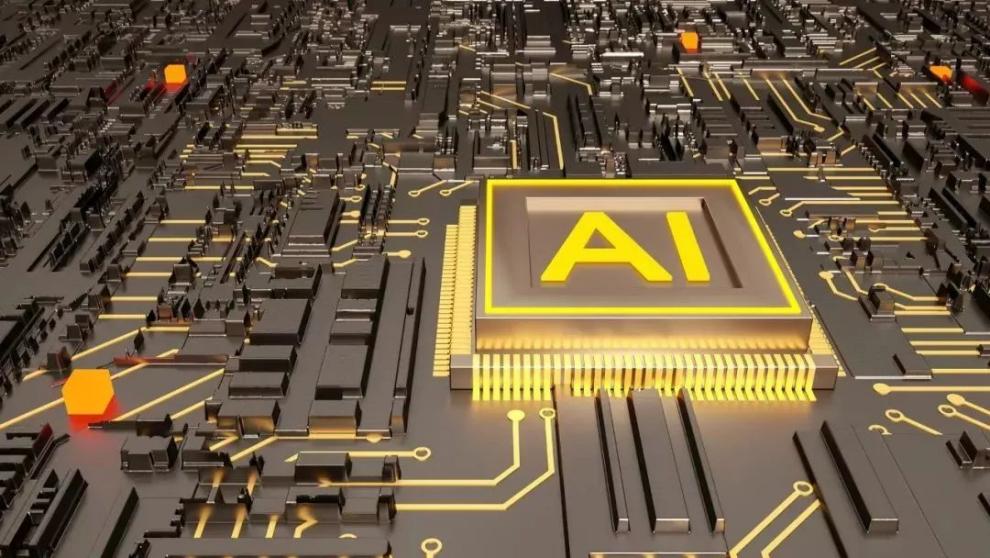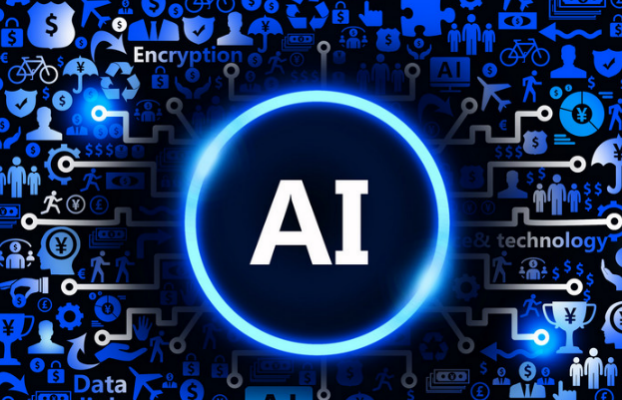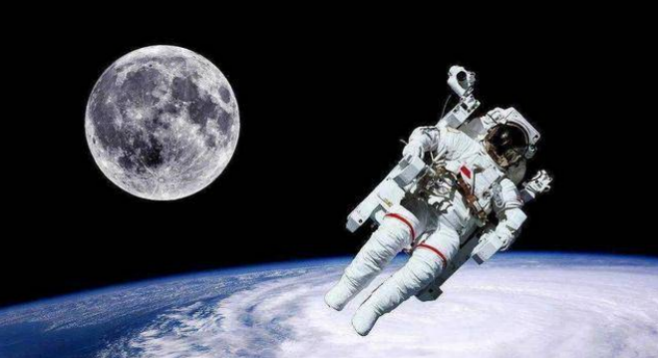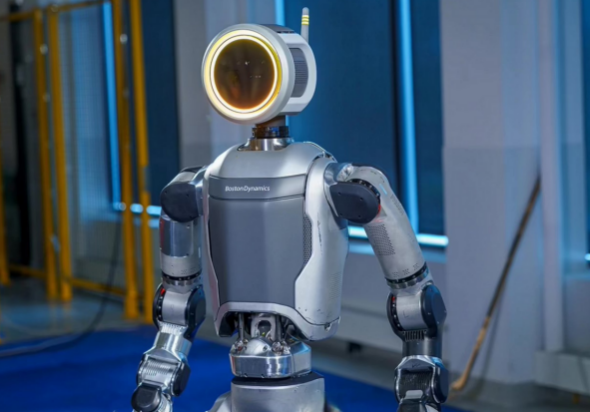Tesla's "Unbox" Process: Dumpling-Style Production Boosts Efficiency but Brings Challenges
Have you ever made dumplings where everyone takes a piece of dough, adds different fillings, wraps their dumplings, and then combines them into one big plate? It sounds a lot like Tesla's "Unbox" production process, doesn’t it? You add this filling; I add that one—each person completes a part, and finally, everything is assembled. While this approach seems fun, it can also get a bit complicated. And whether the final dumplings fit perfectly together might still be a question mark.
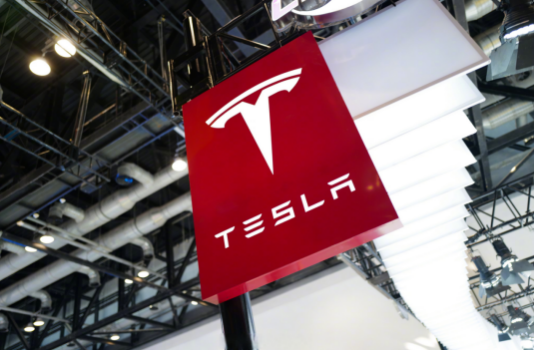
Tesla's "Unbox" process is essentially such a collaborative assembly. In traditional car production lines, the manufacturing process is relatively centralised, like a chef preparing a meal from start to finish. But Tesla’s approach is quite different. It breaks down the production process so that each worker (or robot) handles only a small portion, and the various parts are pieced together at the end. It’s just like making dumplings—one person wraps the dough, another adds the filling, and the final pieces come together into a complete dumpling.
This seemingly “distributed” method significantly improves production efficiency. Traditional manufacturing often involves many cumbersome steps, such as removing and reattaching doors and tailgates during the process. The "Unbox" process simplifies these repetitive steps by forming the parts in one go, leading to a substantial increase in efficiency. The benefits are obvious: higher efficiency. However, this production model is not without challenges. Just like making dumplings, if one person adds too much filling and another doesn’t wrap the dough properly, the dumpling might not “seal” well and could even leak.
In traditional production lines, precise technology can often be used to prevent such problems. But with the "Unbox" process, where each stage is completed independently, the final assembly becomes critical. For example, if the vehicle configurations differ—such as a lower-spec Model Y without front fog lights—then two different versions of the front section must be produced. This increases management complexity, requiring every detail to be precisely coordinated to prevent issues like air leaks or misaligned joints.
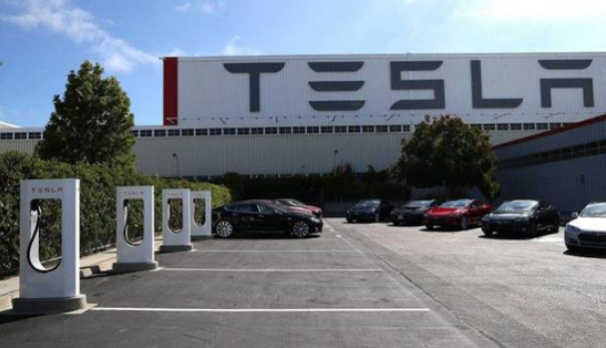
Additionally, in the "Unbox" process, painting is often completed before assembly. While this step seems to improve efficiency, it introduces new challenges. In traditional processes, the body is painted after welding, avoiding damage to the paint. However, in the "Unbox" method, painting is done before assembly, which risks damaging the factory-applied paint during the final assembly. If the paint is scratched, it could compromise the protective layer, leading to rust at the connection points in the future and creating maintenance difficulties.
Although the "Unbox" process is efficient, it’s not flawless. Tesla might use bolts or other fastening methods instead of traditional welding, which requires redesigning the car’s structure. Concerns about the body’s strength and safety might become a focal point. Ultimately, Tesla’s "Unbox" process may not revolutionise the entire automotive industry, but it does demonstrate how technological innovation can improve production efficiency.
That said, every technology has its pros and cons. As the saying goes, “There’s no absolute good or bad, only what’s suitable or not”. Like the challenges of managing configurations and customisations, not every technology fits every scenario.
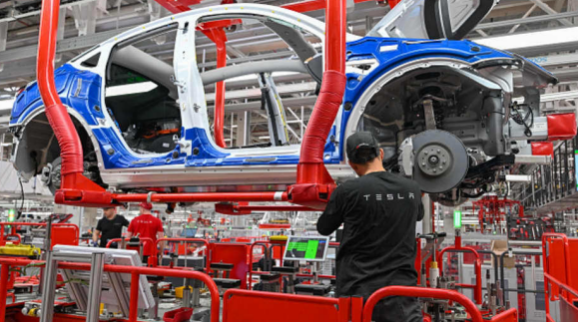
(Writer:Cily)
